Longevity Risk and Retirement Income Planning
At one time, people didn’t live long after retiring from their work career, so it was not much of a concern to do financial planning for a long retirement.
But our life expectancy continues to rise, so future retirees face a “longevity risk,” whereby there’s a risk that retirement will last longer than the income set aside to finance that retirement.
This requires a change in mindset about retirement, and a focus on retirement income planning to ensure that isn’t a risk. After all, in wealthier countries like Australia, 50% of the people born in 2000 will live to celebrate their 100th birthday. Are you planning for income to support 30 years of retirement?
Here are 4 tips you might consider to help you overcome any uneasy feelings around longevity risk and retirement planning.
1. CHANGE IN MINDSET
One way to think about the possibility of a long retirement phase is that you will be funding a 30-year holiday. Retirement will probably be more expensive than you think, and each year the cost of living goes up. As well, for couples, one half of the couple will likely outlive the other, so joint life expectancy should be considered in financial planning.
When transitioning from employment to retirement, your spending mindset simply has to change.
Retirement usually involves shifting from employment income to income derived from a combination of retirement savings (which can be investments inside and/or outside of superannuation) and potentially the Age Pension. This will usually require a reduction in expenses and spending to accommodate a drop in your total household income.
This may initially be a difficult adjustment, because your employment income probably allowed you to enjoy a high standard of living. You may be tempted to continue with that lifestyle by taking larger than planned drawdowns from your retirement savings, but you must adjust your mindset to realise that retirement savings are a finite resource. At some point those savings will run out, so any drawdowns must be sustainable for the long term.
You must be mindful of the impact that drawing more than the minimum pension payment amount can have on your retirement savings over the long-term, and the potential ramifications this may have for you later in life.
2. THINKING OUTSIDE THE BOX
It’s also possible now to have multiple careers with periods of re-skilling, mini-retirements or gaps in employment throughout your life. Rather than think of retirement as a requirement, due to social norms, think about what’s best for you. There’s also the potential that as you age, you can pursue a career doing a job you love, rather than a job you tolerate out of necessity, as you may have in younger years. You may have time for a completely different career that is fulfilling as well as financially rewarding. You could work part-time to allow for new priorities, like having the flexibility to travel or take care of ageing parents. Or perhaps you’ve always dreamed of starting your own business.
These could all be part of a transition to retirement, rather than the traditional concept of retirement. It could also provide additional retirement resources. This is how you can design the lifestyle you want and create a future that works for you.
3. CONSIDER DIFFERENT INVESTMENT APPROACHES
Regardless of how long you work, it’s important to plan appropriately for when you are done. The “three-bucket approach” is one way to extend the life of your retirement savings while managing your retirement lifestyle needs along the way.
The three-bucket approach involves dividing assets into different short, medium, and long-term “buckets” to leverage the relationship between risk versus return.
An example of the three-bucket approach, which could be applied to your account-based pension, is shown below:
1. A “cash bucket” with cash investments to fund your short-term retirement lifestyle (regular pension payments and expected lump sum withdrawals) over the next one to two years
2. A “stable bucket” with other income generating investments (e.g. fixed interest) to help account for an additional one to two years of retirement income
3. A “growth bucket” with the remaining balance held with more risk-associated investments (e.g. property and shares) for longer-term growth.
The cash and stable buckets are then replenished periodically, with enough funds to cover the next two to four years of regular pension payments and expected lump sum withdrawals.
Another option is to invest in an annuity, which primarily invests in cash and fixed interest assets. It can provide you with guaranteed income payments over your lifetime or for a fixed number of years. This may help secure income payments when market volatility may affect other income generating assets within your investment portfolio, as well as make sure a portion of your retirement savings are immune to longevity risk.
4. OTHER OPPORTUNITIES TO SUPPORT RETIREMENT
You may also consider part-time or casual work, either taking a different path following retirement, or transitioning from your career into retirement. Perhaps you love to golf, for instance, and the local golf course would love to have an experienced and knowledgeable golfer working part-time in the pro shop. This will give you some additional income to spend or to bolster your retirement savings, while also keeping you active doing something you enjoy. Before taking on work, it’s important to know any implications this may have in other areas, such as your Age Pension entitlements.
FINAL THOUGHTS
With the current workforce and future retirees living longer and enjoy active lifestyles longer, it’s important to do retirement income planning as early as possible in your career to mitigate the longevity risk of a long retirement period. If you have specific questions regarding this article, or would like advice on retirement income planning, please contact us by calling 6144 4000 or reach out via our booking page.
It is very important that you understand that the information above is general in nature and does not take into account your personal situation. You should consider whether the information is appropriate to your needs, and where appropriate, seek professional advice from a financial adviser. It is also worth noting that the Australian financial and taxation system is ever changing, and the information above may no longer be relevant. Again, we suggest seeking professional advice from a financial adviser before proceeding.



